|
|
Post by Dave Homewood on Feb 17, 2009 20:47:14 GMT 12
|
|
|
|
Post by camtech on Feb 24, 2009 18:40:33 GMT 12
Dave, Interesting that that logbook is now with the Auckland War Memorial Museum. Way back in 1976, it was in the possession of the Walsh Memorial Library at Motat, where I was able to go thru the details and wrote an article that appeared in the Summer 1976 edition Vol 19 No 3 of the Journal of the Aviation Historical Museum of NZ. The Walsh Library also held the logbooks for the Cutty Sark JAHSNZ Vol 17 No 7 and one of the DH60 Moths c/n 873 Vol 20 No 1
|
|
|
|
Post by Dave Homewood on Feb 24, 2009 18:52:01 GMT 12
Very interesting. Would you be keen to post your articles here for us to read please?
I know another item that went from MOTAT to the AWM was the priceless original uniform of Sir Keith Park, which is great to see with his medals and everything in pride of place next to their Spitfire.
|
|
|
|
Post by camtech on Feb 25, 2009 10:43:56 GMT 12
Dave, here is the article. When I get back from Oz, I will send in the other three - just noted NZ944's logbook article.
N.Z.P.A.F. Avro 504 A201
This is the second in a series of articles based on aircraft logbooks held by the Walsh Memorial Aviation Library. (The first appeared in V0L.17. NO.7 The Cutty Sark). Once again, only information appearing in the log book is used in this article.
The book's first entry is dated 13 August 1931 and the airframe hours up to that date totalled 479 hours 35 minutes. No details other than oil and petrol replenishments are recorded until 9 November 1931, when a flight from Stratford to Wanganui lasting 50 minutes is recorded. From this point the aircraft moved around Taranaki and Manawatu in short hops obviously joyrides until 26 November when operations shifted into Waikato, thence to Auckland. (overnight 2 December 1931) and or, to North Auckland (to Whangarei 5 December 1931)
On 28 December 1931, the following entry appears: "Crashed Long Beach, Russell. Dismantled undercarriage, top and bottom wings, centre section and motor". Repairs carried out were detailed as follows: "Fitted centre section and wings complete (ex ZK ACS), new toothpick and propeller. Trued up front end of fuselage and fitted engine." The repairs were completed quickly and the aircraft was test flown on 3 January. Continuing on her travels, our Avro 504K lasted until 15 January 1932 when the following entry is noted: "Crashed Beach Hukekue dismantled undercarriage and lower wings, trued up front and fuselage. Fitted new toothpick and prop. and new lower wings.”
After a test flight on 24 January, the journey continued around Northland until mid February when a shift south started until A201 arrived at Te Aroha on 24 February. This apparently became the aircraft's base for some time as many flights are recorded from Te Aroha to Matamata, Paeroa Thames, Waihi, Auckland and Waharoa among other places.
A top overhaul in Auckland took place between 27 March and 1 April 1932. From shortly after this (16 April) there is no further mention of where the aircraft has been the last entry being Matamata.
The next entry of interest is on 19 May 1932 when the following is recorded: “Forced landing (see engine log)." Flying recommenced three days later.
On 5 July 1932 the aircraft was flown from Matamata to Auckland. for an inspection. The aircraft was dismantled at Hobsonville and transported to Matamata airport. On arrival, the aircraft began an extensive and complete overhaul.
The final entry is dated 31 December 1932 and reads: "Tested and flown flies hands off."
As stated earlier, this is purely a summary of information in the log book and not a definitive article.
JAHSNZ Vol 19 No 3 (225) Winter 1976
|
|
|
|
Post by Dave Homewood on Feb 25, 2009 14:18:49 GMT 12
Thanks camtech, that is some interesting stuff. I wonder if it visitied Cambridge during its Waikato trips as we had an aerodrome here from 1929 till the late 1930's. Isn't it amazing how quickly it was repaired after its accidents. Shorter time than the initial assessment for an accident enquiry would be these days.
|
|
|
|
Post by camtech on Feb 25, 2009 16:26:35 GMT 12
As I said, I have found the other three articles, but as I'm off to Oz early tomorrow and also have to check on a stepdaughter in hospital, will follow up with the others mid March. I'll post the Cutty Sark and Moth ones here and the Harvard one into a wartime thread.
|
|
|
|
Post by Dave Homewood on Feb 25, 2009 17:48:15 GMT 12
Cheers mate. Have a good safe trip.
|
|
|
|
Post by Peter Lewis on Feb 25, 2009 20:57:14 GMT 12
Thanks for the logbook details. I have kicked around some details of 504 operations in Northland in the early years as last year I visited a small museum in Kerikeri and was shown a somewhat battered wooded propeller that was claimed to be ex-504. I posted some details of this find on a few other forums hoping for some sort of positive ID but nothing eventuated. If it is from a 504 the two options would seem to be either from a Walsh Brothers seaplane or from 'Joybird' 201 / ZK-ACU. Anyway, here are the details, and I'd be most interested if anyone can add further: "This last weekend I was shown what appears to be a vintage aircraft propeller. The person who holds it got it from another chap who claims it is a propeller off 'a World War 1 Avro' - presumably a 504. I took some measurements and photographs of this item, which is currently mounted on a wall. It was apparently found underwater, so all markings have been erased by the process of time - probably by sand abrasion. The measurements (I only had a metric tape with me) are Overall length tip to tip 2730mm Diameter of hub 200mm Thickness of hub 145mm Width of blade at widest point 230mm There are 8 bolts in the hub, and 6 laminations of timber in the blades. 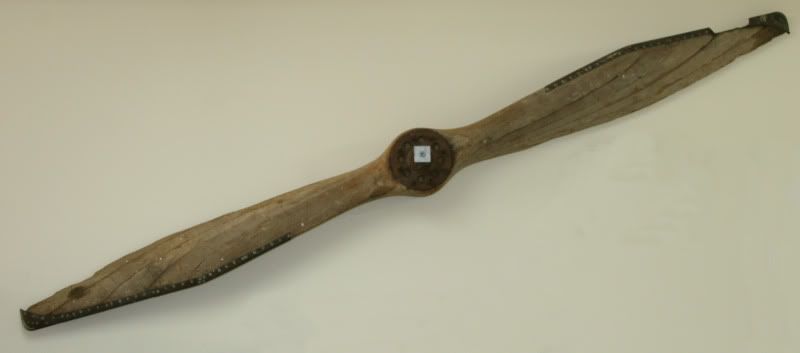 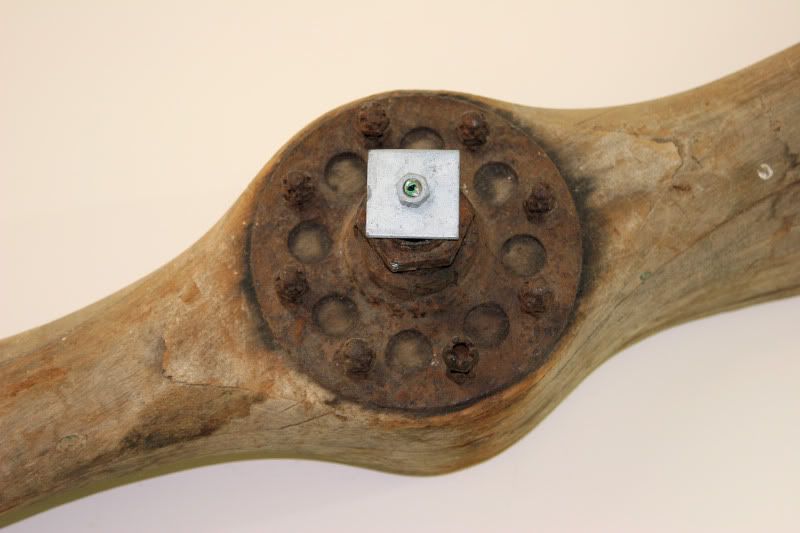 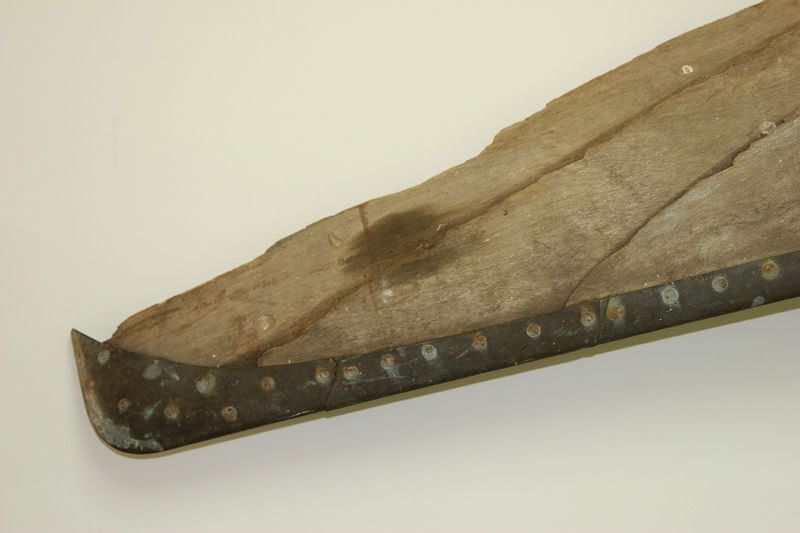 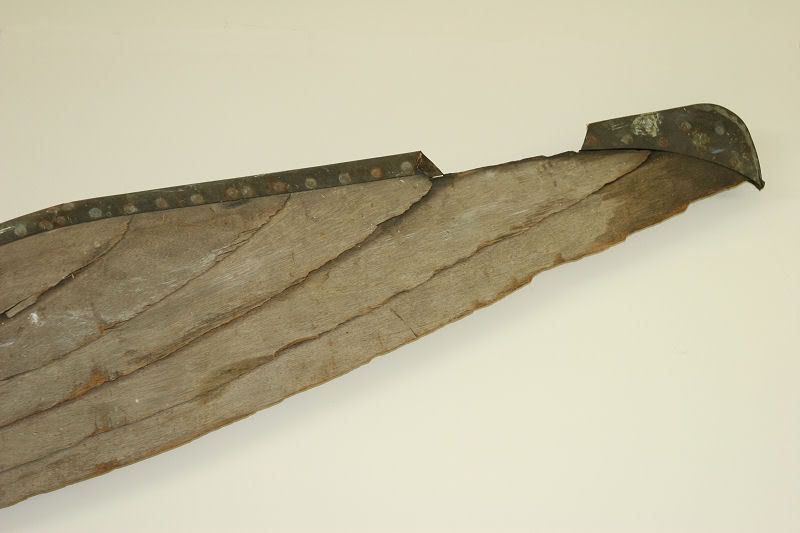 The item was said to be found at Tauranga Bay, in New Zealand's Northland area - see map below. This could possibly make sense for a 504K relic, as there are two potential sources: - The New Zealand Flying School (Walsh Brothers & Dexter) operated 504L seaplanes in the Northland area in the time period 1920 - 1924. - Les Brake, an itinerant joyriding pilot operated an ex-NZPAF 504K off beaches in Northland 1931 - 1933. Any identification/feedback on the above welcome. 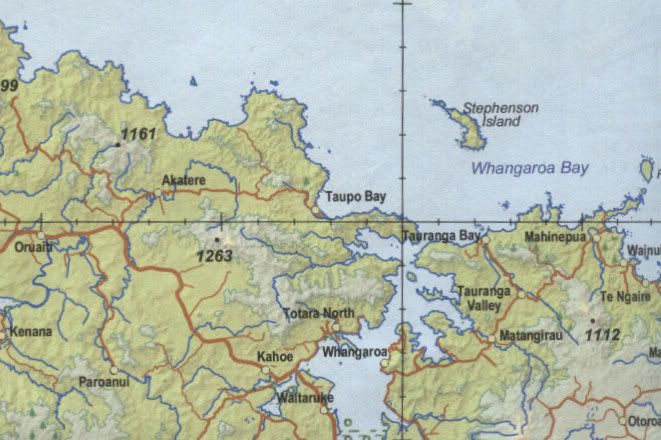 |
|
|
|
Post by Bruce on Feb 25, 2009 22:24:33 GMT 12
too me the prop doesnt seem quite the right shape for a 504, which according to the photos I have seen, and my 1/72 model,appears to have a straighter leading edge and a more scimitar shaped trailing edge. also the aparent pitch seems a little lean. It does however rotate the correct way (anticlockwise viewed from the front) which rules out Tiger Moth and most other wooden bladed RNZAF machines, except the Puma - engined DH50A or DH9, and maybe the Cirrus engined SARO Cutty Sark (which have props which match the shape of this one...) Possibly a bit small for the Puma engined machines? It does have metal leading edges which may (but not necessarily) suggest a seaplane?
|
|
|
|
Post by Bruce on Feb 26, 2009 8:59:52 GMT 12
Just a further thought, maybe on the wrong track but worth considering....
in 1990 a Piper J3 cub belonging to Gulf Aeronautics ditched in the sea off North Cape, whilst most of the wreckages was recovered, not all was.
The J3 has a prop of similar size, the same rotation direction and according to the pictures I have, the same shape. As a newer prop, it had metal leading edges as well. The castellated nuts on the prop shown seem to be a bit odd, early British installations tended to use lock tab washers rather than split pins or lockwire.
Obviously I dont know when the prop was found, so its pure speculation, but possible it could have come off the Cub.
|
|
|
|
Post by Dave Homewood on Feb 26, 2009 10:22:51 GMT 12
Bruce, that's an interesting theory but I have to wonder if a wooden propeller would come away from a crashed aircraft that hit water so cleanly aroung the hub? Would there not have been major damage if it came off the propshaft in an impact? I'm not sure myself, I'm just asking.
To me it looks like a prop that has had a propstrike and has been removed and discarded when replaced.
|
|
|
|
Post by Bruce on Feb 26, 2009 11:02:22 GMT 12
The cub ditched due to "fuel starvation" (likely ran out of gas...) so the engine was not under power atthe time of ditching. Photos of the aircraft floating after ditching show the prop appears intact. (If under power the blades would break) The whole aircraft was intact at that time, but when recovered a few weeks later it had been bounced several Km across the sea bed and was scarley recognisable. The impact of the sinking aircraft hitting the bottom (deep water in that area) could quite easily break a Continental C85 prop spline, and would splinter one tip. The prop would then come back to the surface and float for a while, following the currents back down the coast.
Hypothetical but possible....
|
|
|
|
Post by Bruce on Feb 26, 2009 12:09:51 GMT 12
On second thoughts, checking the dimensions the prop shown is about 2ft bigger than a cub, so unless it has grown that wont be it!  any DH9s in the patch?  |
|
|
|
Post by Peter Lewis on Feb 27, 2009 17:32:44 GMT 12
I don't think the Cub theory holds water (pun) the deterioration looks to be too great for what would have been a relatively short time under water. Anyway the chord on the mystery prop appears to be too great for a low-powered modern engine.
I know where there is a DH9 prop, so I intend to go and measure that and will report back.
|
|
|
|
Post by Peter Lewis on Feb 28, 2009 15:40:49 GMT 12
The DH9 prop measures 3150mm tip-to-tip so it's not that. Something smaller.
Anyone have a 65hp Cub to measure? or a Clerget/Le Rhone powered Avro?
|
|
|
|
Post by Bruce on Feb 28, 2009 20:04:57 GMT 12
I havent got access to a 65hp Cub, but I was looking at a 65hp Taylorcraft BC12 today (which will probably be my next "project" once CKE is flying) it has a very nice wooden prop the same shape as the one in the picture, just quite a lot smaller.
|
|

